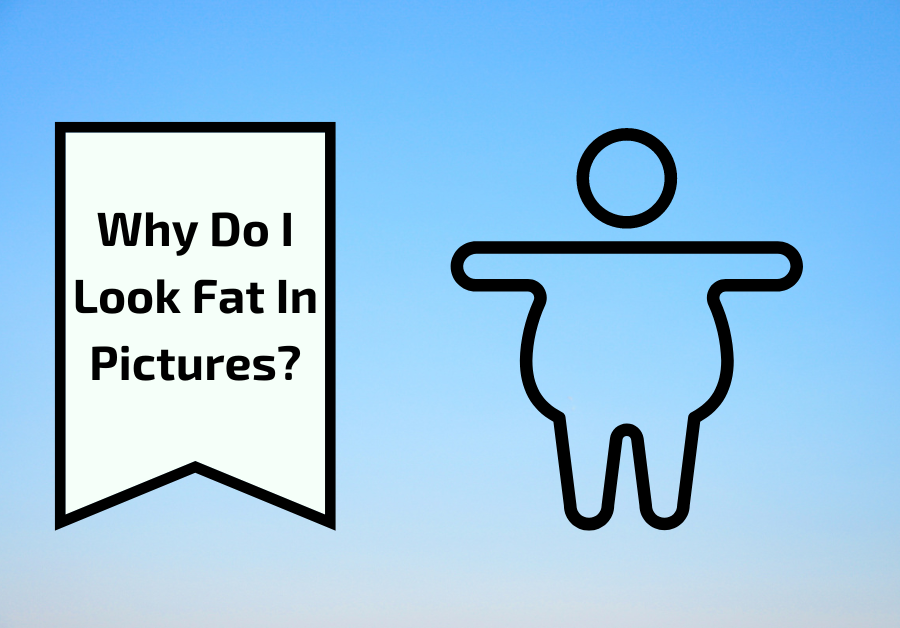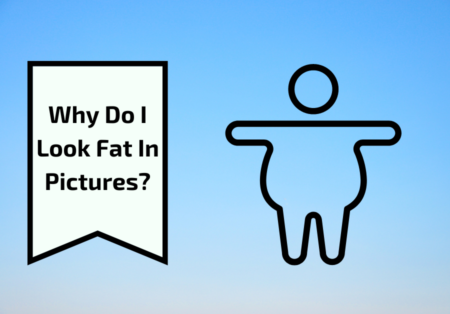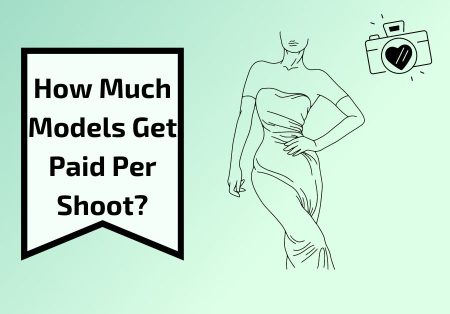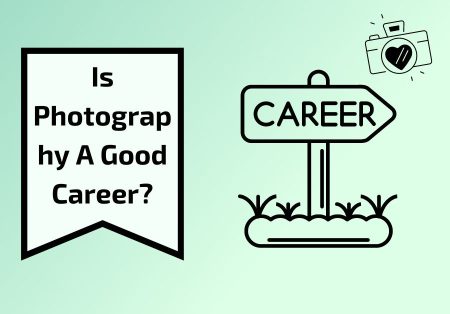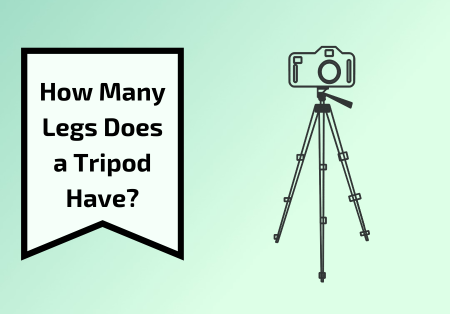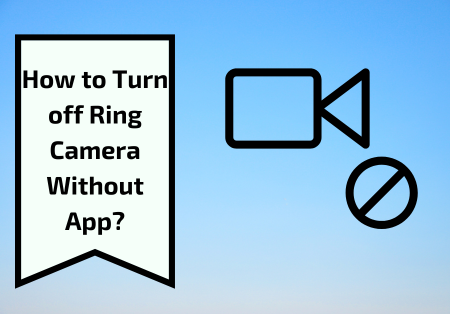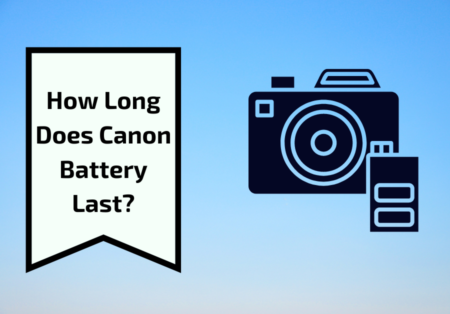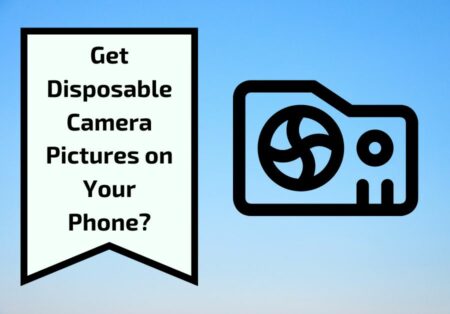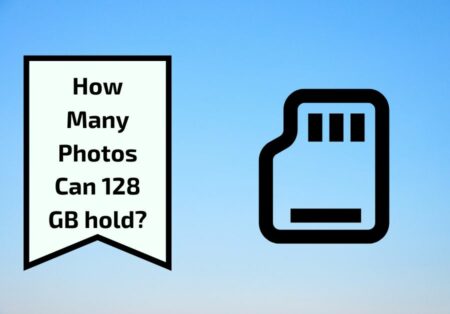In this day and age, when everyone has a phone with advanced cameras and takes pictures all the time, we notice that we look fatter in pictures than we do in the mirror and are unaware and perplexed as to why this occurs. We decided to answer this query by in-depth research. This post contains all the answers to your questions. Why Do I Look FAT in Pictures Rather Than In The Mirror?
Why do you look fat in pictures but not in the mirror? The way you look in pictures is dependent on lens distortion. Wider angle lenses cause more distortion and make you look fat in pictures than in a mirror. If you use wide-angle lenses, you should expect your picture to be fatter than you are in real life. Other factors like lighting and camera effects such as the fisheye effect also play a role in this phenomenon, and you may look fatter in photos than in the mirror.
Factors of why do I look fat in Camera Pictures?
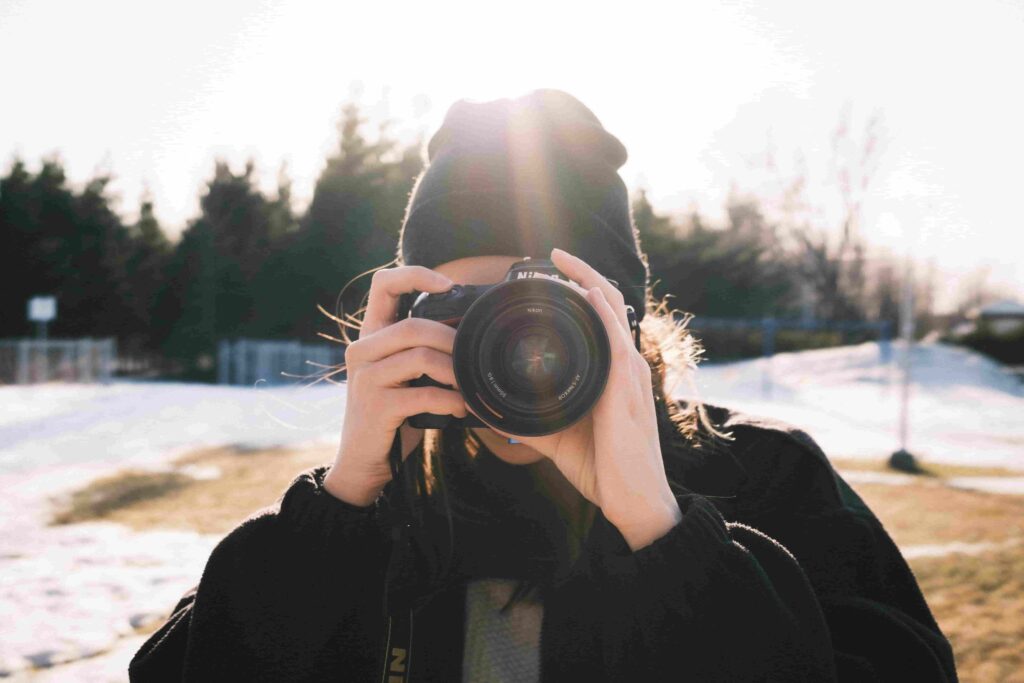
Different factors, like internal, external, and professional, are responsible for the phenomenon. Camera settings, lighting, type of lens, shape, and focal length of the lens may also make your photo fatter than you are. These factors are discussed below to satisfy you that they are by default and can be managed.
Internal Factors – Why do you look fat on camera?
In the mystery of how you look fatter in pictures than in a mirror, the internal factors causing this problem are shading, barrel distortion, and the Fisheye effect.
Focal Length:
When a camera has a short focal length, it causes shading, which consequently makes the photo fatter than the actual one, while the longer focal length yields less shading and will not make you look fatter. Higher lens thickness also causes shading to some extent and expands the objects in photos, giving them a fatter appearance. It is recommended that for portrait pictures, 85mm–135mm lenses should be used to prevent shading and other distortion factors.
Effect of Barrel Distortion:
There are different types of distortions in taking pictures, like pincushion distortion, mustache distortion, and barrel distortion. Barrel Distortion is a situation responsible for making your photo fatter than real, where straight lines will appear curved in pictures. In this case, it slightly magnifies the center of the photo more than the image. This technical effect will make you appear plump in photographs, and you will appear fatter in photographs than in real life.
Fisheye Effect:
Someone is knocking at your door, and you have a lens installed in your front door to check whether, who is there. And you see a distorted image of the person. A fisheye lens, also known as an “ultra-wide” or “super wide” lens, can capture an extremely wide angle, typically around 180 degrees, and is used to photograph the door. The Fisheye effect seems to be ideal for taking group and landscape photos. However, while taking portrait photos, undesirable effects are encountered, and photos appear fatter in camera pictures than in the real person. As the name suggests, the “Fisheye Effect” will create a wider look, and the wide angles will create the Fisheye Effect. Distorted by this effect, the pictures appear to be blown out in the middle and stretched out on the outside.
External Factors – why do i look fatter in pictures than in the mirror
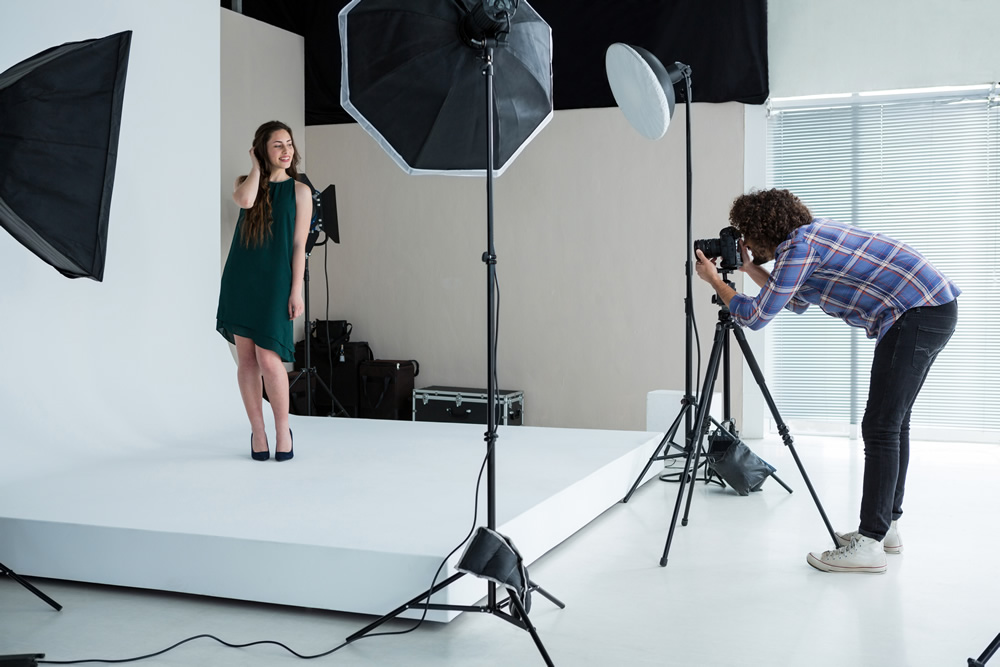
As happens in the processing of every machine, while encountering internal factors, environmental or external factors also play a role in the performance and precision of the machine. So, besides the above-mentioned factors, the following external factors are also responsible for why you look fat in pictures rather than in mirrors.
Lighting:
Natural light provides the best optimum environment for photos, giving you a prime outlook. All photography experts agree that lighting greatly affects how one looks in a picture. Direct natural light, specifically when it is above your head, will make a person appear fatter. It fades the shadows, sagging, and other distorting effects that make a person appear fatter in pictures than in mirrors.
Distance:
Taking pictures from a distance away leads to flattening the subject out and making the camera picture fatter than the mirror. According to photography experts, narrower pictures are obtained when close-up photos are taken. We look ourselves slim in mirrors because we do so up close. But camera pictures are taken from a distance, that is the reason why sometimes you look fatter in pictures than in mirrors.
Professionalism:
As while operating every machine excluding all the factors which may cause distortion or disturbance in the output of the machine, professionalism or precise observance of operational parameters from the operators does matter. If a person doesn’t know how to operate that camera, that may lead to a number of shortcomings in pictures including that you may look fatter in pictures than in mirrors, which is ranged as human error.
Solution to How to Not Look Fat in Pictures

Your problem is solved, our team of experts have searched out ways based on practical examples that by adopting the following steps you can get your photos as you are, and you will not find your pictures fatter than in mirrors
Taking Pictures from a Downward Angle:
If you want to look slim in pictures, you should take the pictures from a downward angle. For this, you will have to raise the camera a bit above your head. This angle will make you comparatively slim in photographs. Furthermore, this angle will hide the double chin and other unflattering body parts.
Conclusion
While one might think that having a photo taken is enough to capture a memory forever, the number of people who complain about the fat-shaming in pics is just too many. The reasons for this exist in the factors discussed above that make us look larger and flatter in photos than we are in mirrors.
Many people have a tendency to look at their own body differently when they are in the company of others. They become self-conscious, and they feel negatively affected by their reflection. This can be a difficult issue to deal with, but you can start by taking pictures in front of a full-length mirror. Look at the self-image you see, and then look at yourself in the mirror. Notice how your eyes change, and how you feel.
It can be difficult to look at yourself in the mirror and see what your body would look like if you were fat. That’s why taking pictures in front of the mirror and comparing your self-image against the reflection can help you find the best angles to take your photos from.
Frequently Asked Questions
Does the camera actually add 10 pounds?
This term refers to the lens distortion wide-angle and semi-wide-angle lenses produce, which can make subjects in photographs appear larger than they actually are.

